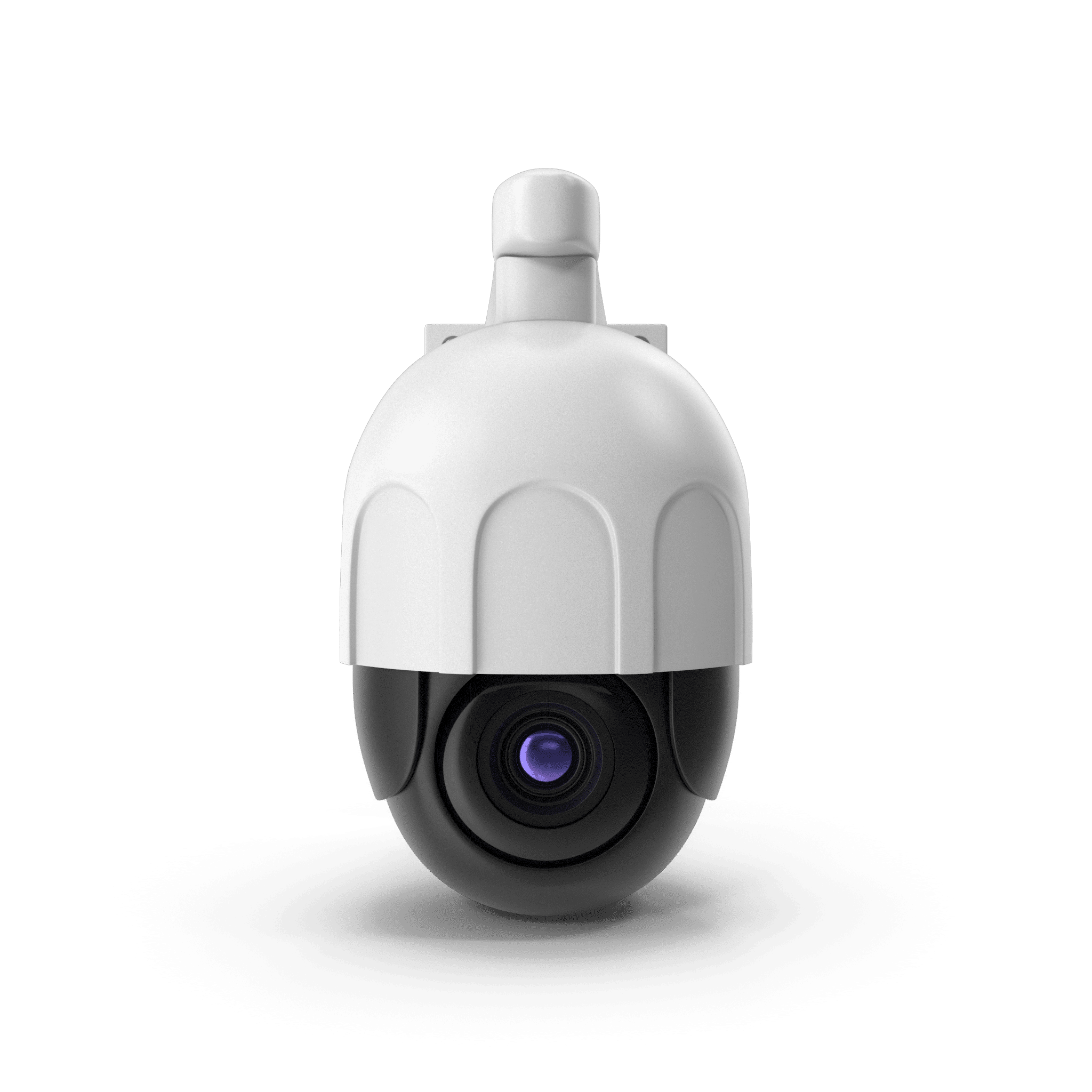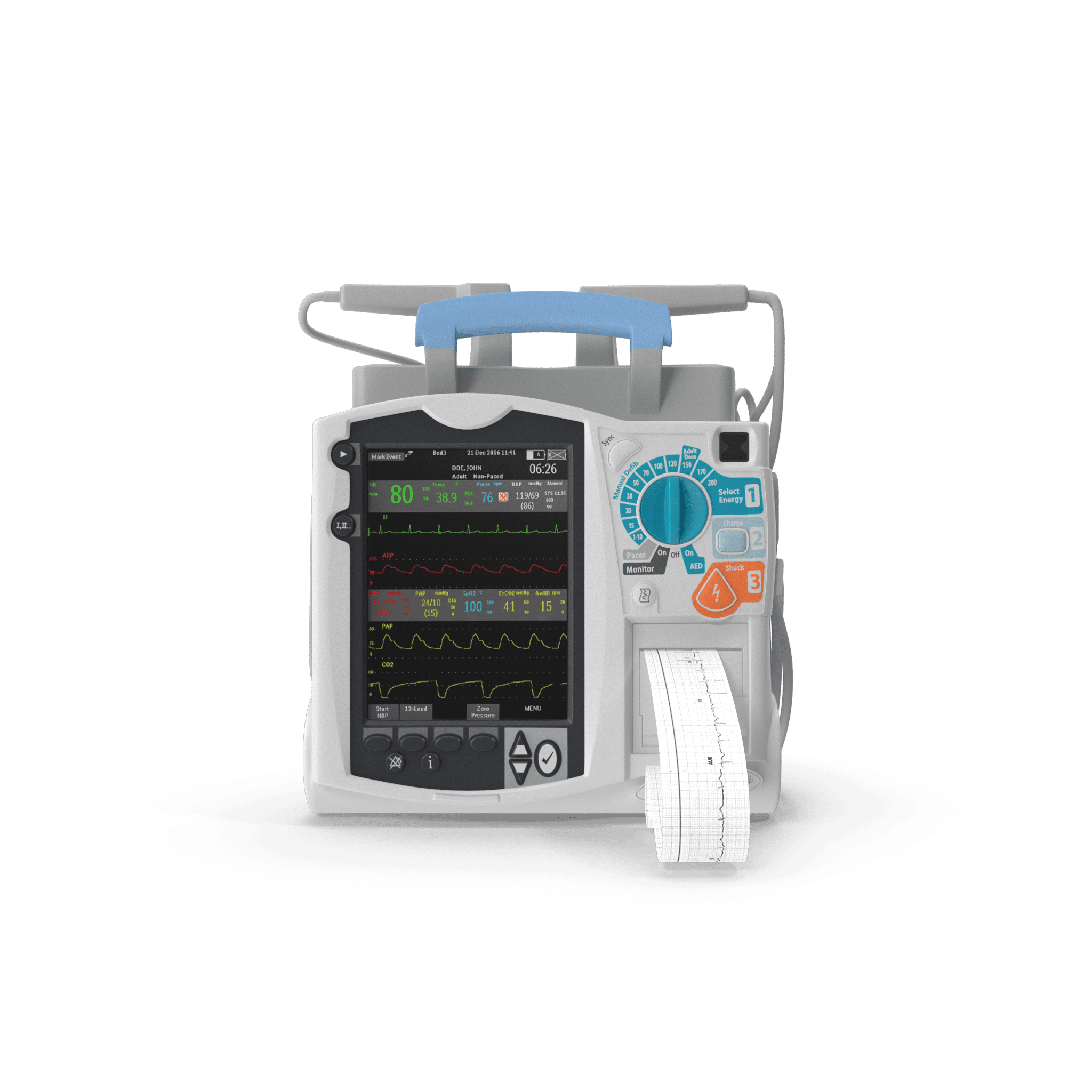The Alif Ensemble E1 series of 32-bit microcontrollers scales up to:
5. MB +
MB Integrated Memory
3670 DMIPS +
DMIPS Combined Compute Performance
250 GigaOPS +
GigaOPS AI Performance
Alif Semiconductor is the industry-leading supplier of the next-generation Ensemble family of 32-bit AI/ML (Artificial Intelligence u0026amp; Machine Learning) microcontrollers and fusion processors. Alif Ensemble is the u003cemu003eonlyu003c/emu003e choice for power efficient microcontrollers that can handle heavy AI and ML workloads for battery-operated IoT devices.
Groundbreaking Functional Integration
No matter the application, from low-end to high-end, write software once and reuse it across all your designs, without the need for external components.
Application Processing u003cspan class=u0022smalltitleu0022u003e(Linux, HLOS, RTOS)u003c/spanu003e
Up to two Cortex-A32 CPUs to 800MHz with NEON SIMD extensions

Realtime Processing u003cspan class=u0022smalltitleu0022u003e(RTOS, Bare Metal)u003c/spanu003e
Up to two Cortex-M55 CPUs to 400MHz with Helium SIMD vector extensions

AI/ML Acceleration
Up to two Ethos-U55 microNPUs to 400HMz provides 250+ GOPS

Power Management
aiPM technology powers on only what’s needed, when needed

Security
Comprehensive device security built in, including secure boot and lifecycle management

SRAM
128KB to 13.5MB SRAM on-die with retention options eliminates the need for external memories

Non-Volatile Memory
256KB to 5.5MB MRAM on-die for your application plus all its assets

Memory Expansion
Up to two OctalSPI interfaces for RAM or NVM expansion with on-the-fly decryption and a SD/eMMC interface for additional storage

Digital Interface
Rich set of interfaces including 10/100 Ethernet, High-Speed USB, SDIO, I3C, CAN-FD, UART, SPI, I2C, PWM, QEC, and High-Speed programable timers

Analog Interfaces
High-Precision analog interfaces including 24-bit sigma-delta ADC, fast 12-bit SAR ADCs, 12-bit DAC, PGAs, and comparators

Graphics u0026 Imaging
Flexible choice of display and camera interfaces including MIPI-DSI, 24-bit RGB display, MIPI-CSI2, 8 to 16-bit parallel camera, and optional 2DGPU

Audio
Support for multiple types of audio sources including I2S, PWM, and ADC

Never Before Seen Scalability
The Ensemble family is an Arm-based microcontroller that scales from single core to a new class of multi-core devices, that combine up to two Cortex-M55 MCU cores, up to two Cortex-A32 microprocessor cores capable of running high-level operating systems, and up to two Ethos-U55 microNPUs for artificial intelligence u0026 machine learning acceleration.

Image Sensor
Directly connect an image sensor to Ensemble E1 processors using the low-power 1/2/4/8-bit Camera Parallel Interface that handles lower-resolution for machine vision such as 0.3 Megapixel sensors. E3, E5, and E7 processors have 16-bit parallel, and MIPI-CSI 2-lane image sensor interfaces for even higher performance.
Sensors
Connect a wide array of sensors through digital interfaces such as I3C, I2C, SPI, or alternatively connect though analog interfaces such as fast SAR ADC, 24-bit sigma delta ADC, or comparators. Sensor types include blood oxygen, pressure/strain gauge, light, temperature, air quality, chemical signature, and accelerometers/gyroscopes/magnetometers for position and movement.
Sensors
Connect a wide array of sensors through digital interfaces such as I3C, I2C, SPI, or alternatively connect though analog interfaces such as fast SAR ADC, 24-bit sigma delta ADC, or comparators. Sensor types include blood oxygen, pressure/strain gauge, light, temperature, air quality, chemical signature, and accelerometers/gyroscopes/magnetometers for position and movement.
Microphones
Ensemble E1 devices can connect up to 14 microphones through digital PDM or I2S interfaces, and alternatively through analog ADC interfaces.
GPIO
Ensemble E1 devices Have up to 120 General Purpose I/O pins (shared with peripherals) with flexibility to choose a mix 1.8V and 3.3V voltage levels.
Display
Ensemble E1 processors drive color display panels directly using either a 24-bit RGB or a 2-lane MIPI-DSI interface up to SVGA resolution at 24-bit color depth at 30 fps. A 2D-GPU accelerates vector-based graphical applications for stunning user interfaces.
Wireless Module
Simple connection to external wireless RF modules is enabled through SDIO for high throughput, or through SPI or UART for very low-power modules. A wide selections of 3rd party modules are available for Wi-Fi, Bluetooth/BLE, LTE cellular, and 802.15.4 for Matter/Thread/ZigBee
Wireless Module
Simple connection to external wireless RF modules is enabled through SDIO for high throughput, or through SPI or UART for very low-power modules. A wide selections of 3rd party modules are available for Wi-Fi, Bluetooth/BLE, LTE cellular, and 802.15.4 for Matter/Thread/ZigBee.rn
GPIO
Ensemble E3 devices have up to 120 General Purpose I/O pins (shared with peripherals) with flexibility to choose a mix of 1.8V and 3.3V voltage levels. rn
Microphones
Ensemble E3 devices can connect up to 22 microphones through digital PDM or I2S interfaces, and alternatively through analog ADC interfaces.rn
Image Sensor
Directly connect up to three image sensor(s) to Ensemble E3 processors using either of the 8-bit or 16-bit Camera Parallel Interfaces for lowest power, or the MIPI-CSI 2-lane interface for highest throughput. rnrnThese interfaces cover a wide range of sensor resolutions from 0.3 Megapixels on the low end for machine vision to 1.3 Megapixels on the high end.rn
Sensors
Connect a wide array of sensors through digital interfaces such as I3C, I2C, SPI, or alternatively connect though analog interfaces such as fast SAR ADC, 24-bit sigma delta ADC, or comparators. Sensor types include blood oxygen, pressure/strain gauge, light, temperature, air quality, chemical signature, and accelerometers/gyroscopes/magnetometers for position and movement. rn
Sensors
Connect a wide array of sensors through digital interfaces such as I3C, I2C, SPI, or alternatively connect though analog interfaces such as fast SAR ADC, 24-bit sigma delta ADC, or comparators. Sensor types include blood oxygen, pressure/strain gauge, light, temperature, air quality, chemical signature, and accelerometers/gyroscopes/magnetometers for position and movement. rn
Wireless Module
Simple connection to external wireless RF modules is enabled through SDIO for high throughput, or through SPI or UART for very low-power modules. A wide selections of 3rd party modules are available for Wi-Fi, Bluetooth/BLE, LTE cellular, and 802.15.4 for Matter/Thread/ZigBeern
GPIO u0026 Motor Control
Ensemble E5 devices have up to 120 General Purpose I/O pins (shared with peripherals) with flexibility to choose a mix of 1.8V and 3.3V voltage levels. Control of a wide range of motor types is possible with the E3’s elaborate set of 32-bit timers, ADCs, PGAs that are all connected by a programmable Event Router to establish synchronized sample/control loops.rn
OctalSPI
Two high-speed OctalSPI interfaces are available for external memory such Flash and PSRAM devices to expand code and data beyond the on-chip memories if required. Both interfaces are capable of eXecute-In-Place (XIP), HyperBus protocol, and provide up to 160MB/sec throughput. External memory can be encrypted for security and their contents are automatically decrypted on-the-fly when consumed by the E5.rn
SDHC
A flexible SDMMC interface is available in 4- or 8-bit data widths up to 100MHz supporting SD card, eMMC, and SDIO protocols.rn
Display
Ensemble E5 processors drive color display panels directly using either a 24-bit RGB or a 2-lane MIPI-DSI interface up to WSVGA resolution at 24-bit color depth at 30 fps. A 2D-GPU accelerates vector-based graphical applications for stunning user interfaces.rn
Sensors
Connect a wide array of sensors through digital interfaces such as I3C, I2C, SPI, or alternatively connect though analog interfaces such as fast SAR ADC, 24-bit sigma delta ADC, or comparators. Sensor types include blood oxygen, pressure/strain gauge, light, temperature, air quality, chemical signature, and accelerometers/gyroscopes/magnetometers for position and movement
Data Retention
An option to retain data and function while main power is off is enabled when a small battery power source is connected such as a CR2032 Li-MnO2 coin cell. For less than 1uA a real-time clock, a 32-bit timer, an analog comparator, and GPIO wake pins are all active and available. Additionally, 4KB of SRAM are retained. For more than 1uA you can choose to retain more internal SRAM in increments that total up to 512KB.rn
Sensors
Connect a wide array of sensors through digital interfaces such as I3C, I2C, SPI, or alternatively connect though analog interfaces such as fast SAR ADC, 24-bit sigma delta ADC, or comparators. Sensor types include blood oxygen, pressure/strain gauge, light, temperature, air quality, chemical signature, and accelerometers/gyroscopes/magnetometers for position and movement
Sensors
Connect a wide array of sensors through digital interfaces such as I3C, I2C, SPI, or alternatively connect though analog interfaces such as fast SAR ADC, 24-bit sigma delta ADC, or comparators. Sensor types include blood oxygen, pressure/strain gauge, light, temperature, air quality, chemical signature, and accelerometers/gyroscopes/magnetometers for position and movement
Sensors
Connect a wide array of sensors through digital interfaces such as I3C, I2C, SPI, or alternatively connect though analog interfaces such as fast SAR ADC, 24-bit sigma delta ADC, or comparators. Sensor types include blood oxygen, pressure/strain gauge, light, temperature, air quality, chemical signature, and accelerometers/gyroscopes/magnetometers for position and movement
Sensors
Connect a wide array of sensors through digital interfaces such as I3C, I2C, SPI, or alternatively connect though analog interfaces such as fast SAR ADC, 24-bit sigma delta ADC, or comparators. Sensor types include blood oxygen, pressure/strain gauge, light, temperature, air quality, chemical signature, and accelerometers/gyroscopes/magnetometers for position and movement
Wireless Module
Simple connection to external wireless RF modules is enabled through SDIO for high throughput, or through SPI or UART for very low-power modules. A wide selections of 3rd party modules are available for Wi-Fi, Bluetooth/BLE, LTE cellular, and 802.15.4 for Matter/Thread/ZigBeern
Ethernet
Ensemble E7 devices support 10/100 Ethernet through a RMII interface to an external Ethernet PHY. The Ethernet interface supports the IEEE 1588 protocol for precision networked clock synchronization.rn
GPIO u0026 Motor Control
Ensemble E7 devices have up to 120 General Purpose I/O pins (shared with peripherals) with flexibility to choose a mix of 1.8V and 3.3V voltage levels. rnControl of a wide range of motor types is possible with the E3’s elaborate set of 32-bit timers, ADCs, PGAs that are all connected by a programmable Event Router to establish synchronized sample/control loops.rn
OctalSPI
Two high-speed OctalSPI interfaces are available for external memory such Flash and PSRAM devices to expand code and data beyond the on-chip memories if required. Both interfaces are capable of eXecute-In-Place (XIP), HyperBus protocol, and provide up to 160MB/sec throughput. External memory can be encrypted for security and their contents are automatically decrypted on-the-fly when consumed by the E7.rn
Display
Ensemble E7 processors drive color display panels directly using either a 24-bit RGB or a 2-lane MIPI-DSI interface up to WSVGA resolution at 24-bit color depth at 30 fps. A 2D-GPU accelerates vector-based graphical applications for stunning user interfaces.rn
Sensors
Connect a wide array of sensors through digital interfaces such as I3C, I2C, or SPI including accelerometers/gyroscopes/magnetometers to detect precise position and movement. rn
Image Sensor
Directly connect up to three image sensor(s) to Ensemble E7 processors using either of the 8-bit or 16-bit Camera Parallel Interfaces for lowest power, or the MIPI-CSI 2-lane interface for highest throughput. rnrnThese interfaces cover a wide range of sensor resolutions from 0.3 Megapixels on the low end for machine vision to 1.3 Megapixels on the high end.rn
Speaker/Microphone
Ensemble E7 devices can connect up to 22 microphones through digital PDM or I2S interfaces, and alternatively through analog ADC interfaces. I2S interface can also drive stereo speakers.rn









